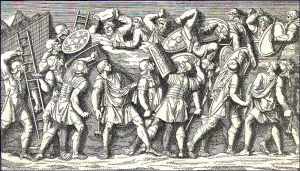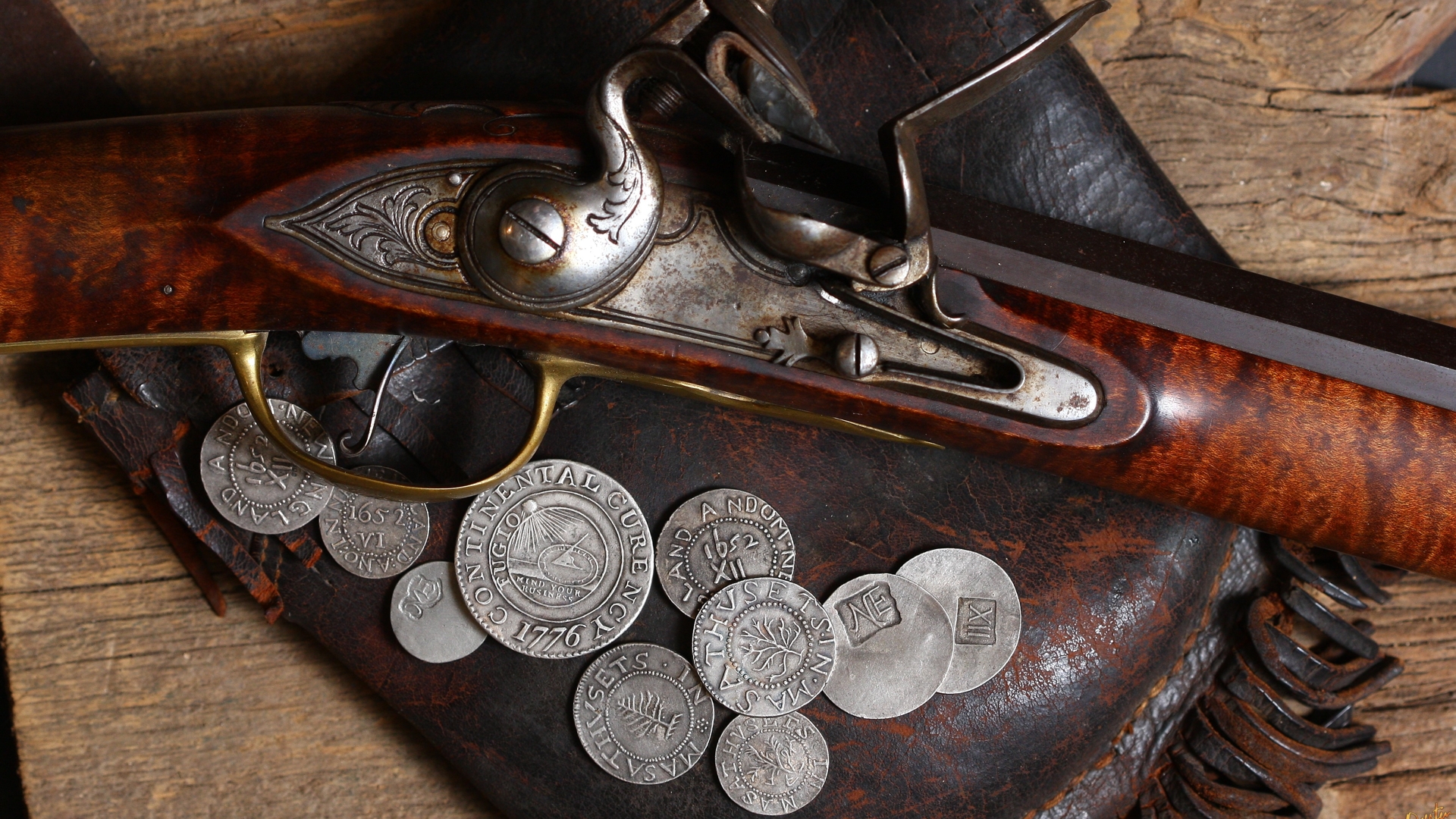The First Jewish Revolt (66-70 AD)
The First Jewish Revolt, also known as the Great Revolt, was a significant uprising by the Jews of the Roman province of Judea against the Roman Empire. It began in 66 AD and lasted until 70 AD, culminating in the destruction of the Second Temple in Jerusalem. A mix of religious, social, and economic tensions between the Jewish population and Roman authorities fueled this revolt. During this revolt, the Jewish rebels minted coins, symbolizing their connection to the Jewish identity and heritage.
Background
The revolt’s origins can be traced to various factors, including:
- Religious Oppression: Roman policies often clashed with Jewish religious practices and beliefs, leading to widespread resentment.
- Economic Exploitation: Heavy taxation and economic exploitation by Roman officials caused significant financial strain on the Jewish population.
- Political Corruption: Corrupt Roman governance and favoritism towards non-Jewish populations exacerbated tensions.
The immediate cause of the revolt was the Roman governor Florus’s decision to confiscate a large sum of money from the Temple treasury in Jerusalem. This act of sacrilege ignited widespread anger and led to an open rebellion.
The Revolt
The revolt began in Jerusalem, where Jewish Zealots overpowered the Roman garrison and established control. The rebellion quickly spread throughout Judea, with various factions and leaders joining the cause. Despite internal divisions, the rebels initially inflicted significant defeats on Roman forces.
However, the Romans, led by General Vespasian and later his son Titus, launched a well-coordinated campaign to crush the rebellion. The turning point came in 70 AD when Titus besieged Jerusalem. After a brutal siege, the city fell, and the Second Temple was destroyed, marking the end of the revolt.
Symbols of Resistance: Exploring the Coins from the First Jewish Revolt
The Jewish rebels minted coins during the revolt to symbolize defiance and autonomy. These coins are among this period’s most significant and evocative artifacts, reflecting the Jewish people’s cultural and political aspirations.
Characteristics of the Coins
- Inscriptions: The coins featured inscriptions in ancient Hebrew. Common phrases included “Shekel of Israel” and “Jerusalem the Holy,” emphasizing their connection to Jewish identity and heritage.
- Symbols: The coins bore various Jewish symbols, such as:
- Pomegranates: A symbol of fertility and prosperity.
- Palm Trees: Representing Judea.
- Amphorae: Vessels for holding sacred oil or wine, symbolizing religious rites.
- Temple Implements: Such as the chalice, which represents the centrality of the Temple in Jewish worship.
- Denominations: The coins were struck in different denominations, including silver, half-shekels, and bronze prutot. The shekels were often dated according to the years of the revolt, for example, “Year One” (66/67 AD), “Year Two” (67/68 AD), and so on.
- Quality and Craftsmanship: Despite the challenging circumstances of the revolt, the coins’ craftsmanship was relatively high. They were produced using established minting techniques and circulated widely among the Jewish population.
Significance
The coins of the First Jewish Revolt are significant for several reasons:
- Political Statement: They were a bold declaration of independence from Roman rule.
- Cultural Identity: The symbols and inscriptions reinforced Jewish religious and cultural identity.
- Historical Record: These coins provide valuable insights into the revolt’s historical context, including the rebels’ economic conditions and ideological motivations.
Today, these coins are highly prized by collectors and historians alike. They are powerful reminders of a tumultuous period in Jewish history and the enduring spirit of resistance against oppression.
Judea Capta Coins
In stark contrast to the coins minted by the Jewish rebels, the Roman Empire issued a series of commemorative coins known as the “Judea Capta” coins following their victory over the Jewish revolt. These coins were struck under Emperor Vespasian and his successors to celebrate and publicize the Roman triumph.
Characteristics of the Judea Capta Coins
- Inscriptions: The coins typically bear the inscription “IVDEA CAPTA” (Judea Captured) to commemorate the subjugation of Judea by Rome.
- Imagery: The coins feature various symbolic imagery, including:
- The Palm Tree: Often depicted with a mourning Jewish woman seated beneath it, symbolizing the fallen state of Judea.
- Jewish Captives: Images of Jewish captives, sometimes shown in chains or standing next to a Roman soldier, convey the total defeat and humiliation of the rebels.
- Victory Trophies: Representations of military trophies and symbols of Roman victory, such as weapons and armor.
- Denominations: The Judea Capta coins were issued in various denominations, including gold aurei, silver denarii, and bronze sestertii. The wide distribution of these coins ensured that the message of Roman dominance reached all corners of the empire.
- Purpose: The primary purpose of these coins was propagandistic. They were meant to reinforce the power and authority of the Roman Empire and to remind the populace of the consequences of rebellion.
Significance
The Judea Capta coins are significant for several reasons:
- Propaganda: They served as powerful propaganda tools, celebrating Roman military success and the suppression of the Jewish revolt.
- Historical Record: These coins provide valuable historical evidence of the Roman response to the revolt and the measures
Our Replica Coins of the First Jewish Revolt

Shekel of Judea Year One

Prutah 1st Jewish Revolt Year Two







